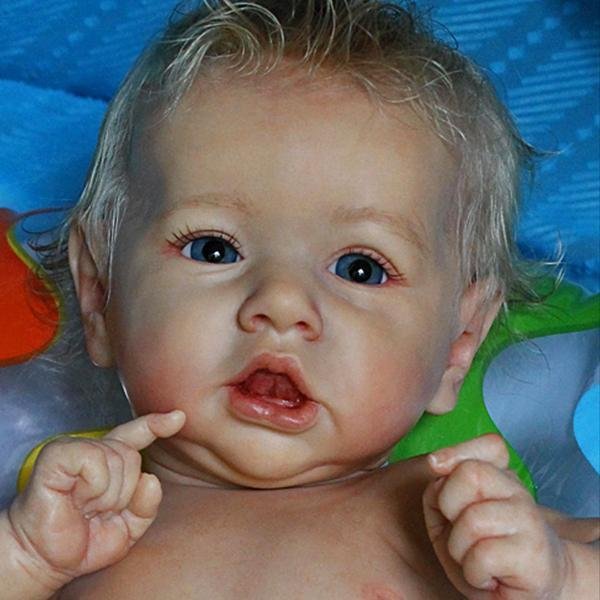

These patients usually can breathe without technical assistance and can make a variety of spontaneous movements-such as grinding teeth, swallowing, crying, smiling, grasping another's hand, grunting or groaning-but these motions are always reflexive and not the result of purposeful behavior. At other times they keep their eyes shut and appear to be asleep, although they may open them and stir when touched or spoken to. At the times when they seem to be awake, their eyes open and sometimes wander. By wakefulness, I mean that patients in a vegetative state have sleep/wake cycles. It illustrates how the two main components of consciousness can become completely dissociated: wakefulness remains intact, but awareness-encompassing all thoughts and feelings-is abolished. Others will die, and still others will awaken from their coma but remain unconscious, entering what is called the vegetative state.Įven for experts, the vegetative state is a very disturbing condition. Those who regain consciousness typically do so within days. Coma rarely lasts longer than two to five weeks. The spasms become increasingly more pronounced and frequent as time goes by.

Individuals in this condition do not open their eyes at best, they will show some reflex movements of the limbs. They may have difficulties keeping their eyes open. Doctors can save the lives of many patients who suffer trauma to the brain (often after a road accident) or a lack of oxygen (for example, after a cardiac arrest or drowning), but if the damage is severe, the victim will slip into a coma. This always-on advocacy, magnified by recent public health conversations, is.

Recent progress in medical care has greatly increased the number of people who survive acute brain damage. Childrens eye health and vision care has long been a cause championed by the AOA.


 0 kommentar(er)
0 kommentar(er)
